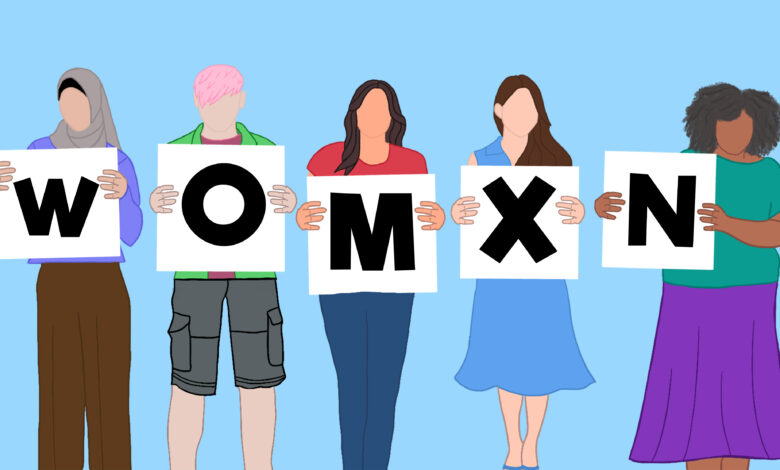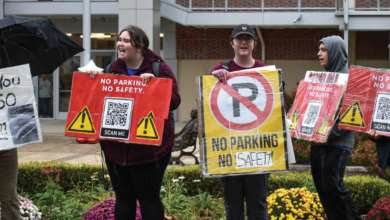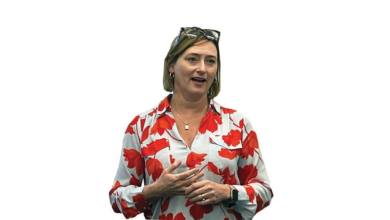
The history behind Womxn’s History Month
By Julia Train
Womxn’s History Month was filled with events that celebrated gender-nonconforming people, womxn’s accomplishments and diverse cultures, with the Center for Diversity and Inclusion officially changing its name on advertisements, posters and social media posts after students asked for more inclusive language.
Although the term “womxn,” pronounced the same way as women, has been used during the month by Rider and other universities across the country for a few years, not everyone knows why the “e” was switched with an “x.”
The term is used to include transgender, non-binary, gender-fluid and gender-nonconforming people.
This month’s events featured mocktail making, open-forum discussions with womxn, community service projects, game nights, learning about the history, mental health and wellness of womxn and more.
Womxn’s History Month’s start
According to the National Women’s History Museum, “the Education Task Force of the Sonoma County (California) Commission on the Status of Women planned and executed a Women’s History Week celebration in 1978.”
In February 1980, President Jimmy Carter issued the first presidential proclamation declaring the week of March 8, 1980, as National Women’s History Week.
The next year, Congress passed a resolution establishing a national celebration.
In 1986, the event was expanded to the entire month of March.
Including more under ‘womxn’
Now, the term “womxn” is used to respect the dynamic and fluid nature of gender identity and expression and to be inclusive of all people who identify as women, as stated on Rider’s Womxn’s History Month webpage.
“We just wanted to make sure that we’re proactively saying that we’re supporting everybody, so that’s why change has been made,” said Heeyoung Kim, Rider’s chief diversity officer.
Kim said that in the past, students mentioned the CDI being reactive to changes within the LGBTQIA+ community, namely with new terminology. She said that the center is instead working on being proactive, making important changes before students need to bring it up.
Kim said it was important to her to ensure everyone has an equal opportunity and access, her ultimate goal being that no one feels excluded.
Eden Nadella, a freshman political science major, who uses all pronouns, said they think it’s an important change for those who are gender-nonconforming, like themself, because they still face similar problems.
“I don’t normally feel very feminine within myself, but I’m still female … I have a uterus, I have the same general problems physically, even being perceived physically,” said Nadella. “So, even for nonbinary, non gender-conforming people such as myself, it’s still similar struggles.”
Since making the change to the official “Womxn’s History Month” flyers, Kim hasn’t heard anything about it, which she takes as a positive sign. She also thought maybe students didn’t notice because they’ve been using the term for a while.
“Sometimes you can interpret not hearing anything as good news because you only hear two kinds of feedback most of the time: when students, or any community member, are very happy [or] very [un]happy,” said Kim.
She stressed the importance of keeping the awareness of how far womxn have come since the early 1900s.
“There are [many] more opportunities right now but we remember that we’re still marginalized when we look at the big picture,” said Kim.


